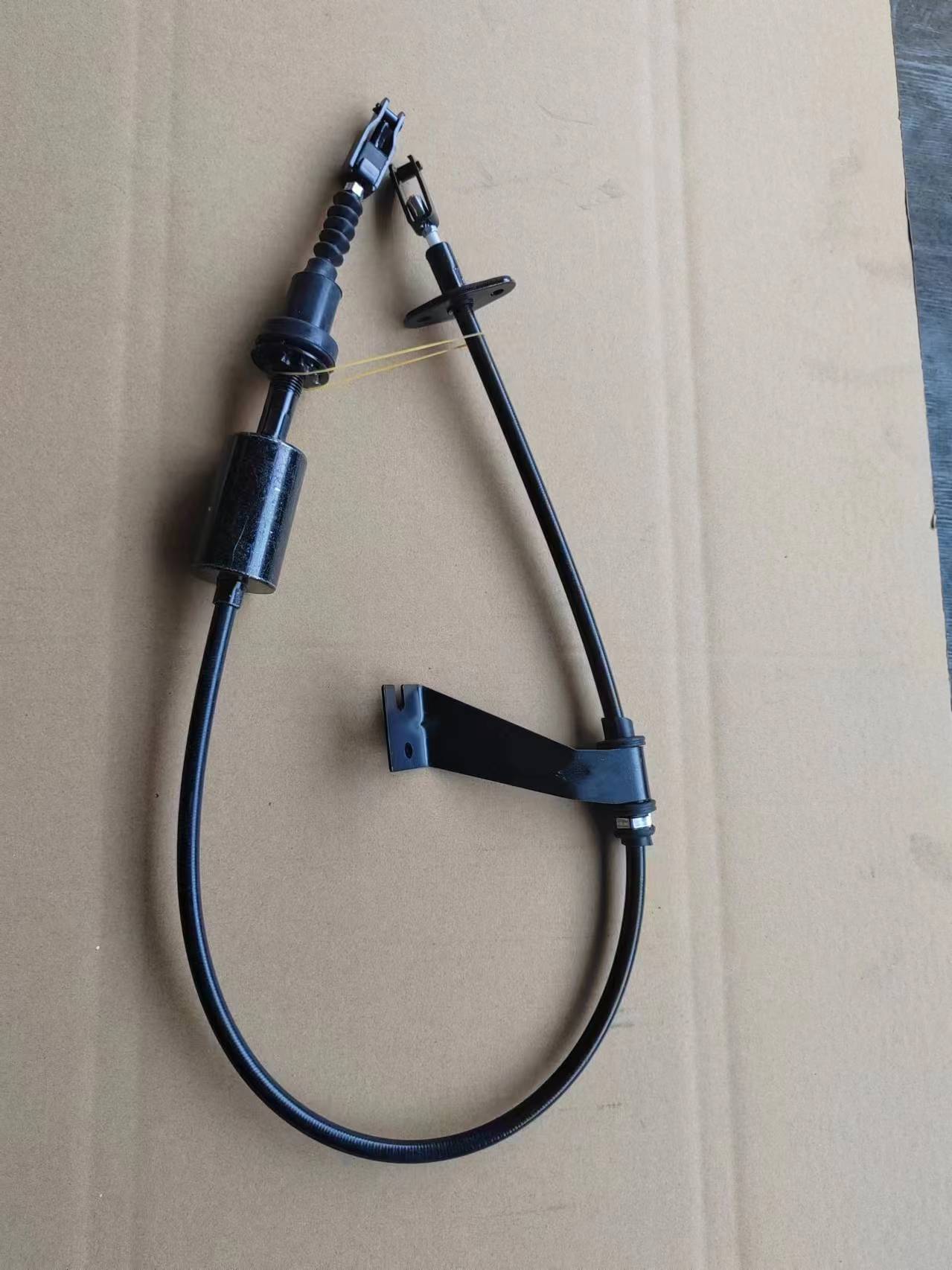throttle cable
Understanding Throttle Cables Function, Importance, and Maintenance
Throttle cables play a critical role in the operation of various vehicles, particularly motorcycles, ATVs, and some older cars. They serve as the vital link between the throttle grip (or pedal) and the engine, allowing the driver or rider to control the vehicle’s speed and power. Understanding how throttle cables work, their importance, and how to maintain them can enhance not only the performance of a vehicle but also the safety of its operation.
The Function of Throttle Cables
At its core, a throttle cable is a flexible metal cable that transmits motion. When a rider or driver twists the throttle grip or presses down on the accelerator pedal, the cable pulls on the throttle plate or valve in the engine. This action increases the air-fuel mixture entering the engine, consequently increasing the engine's revolutions per minute (RPM). This simple yet vital mechanism plays a direct role in accelerating the vehicle and achieving a smooth driving experience.
Throttle cables are typically made of a strong, durable material that can withstand the rigors of use while remaining flexible enough to allow for precise control. The design often includes a protective sheath to prevent wear and tear and to shield the cable from contaminants that could impair its function.
The Importance of Throttle Cables
A well-functioning throttle cable is essential for optimal vehicle performance. Any issues with the throttle cable can lead to significant problems, including sluggish acceleration, unpredictable vehicle behavior, and in severe cases, complete loss of throttle control. This can pose serious safety risks, making it essential for vehicle owners to maintain and replace throttle cables as needed.
throttle cable

For high-performance vehicles, the precision of throttle cables becomes even more critical. Any delay in response time can hinder performance during racing or spirited driving. Enthusiasts often invest in upgraded throttle cables that offer reduced friction and improved responsiveness, allowing for a more engaging driving experience.
Maintenance of Throttle Cables
Maintaining throttle cables is a straightforward yet essential aspect of vehicle upkeep. Regular inspections should include checking for signs of wear, such as fraying, kinks, or excessive slack in the cable. If any of these conditions are present, the cable should be replaced promptly to avoid failure during operation.
Lubrication is also crucial for throttle cable maintenance. A well-lubricated cable reduces friction, ensuring smooth operation and prolonging the lifespan of the cable. It’s generally recommended to use a light lubricant that won’t gum up the cable or attract dirt.
In addition to lubrication, the attachment points of the cable should be checked regularly for tightness. Loose connections can lead to delayed throttle response and can be a safety hazard. Making sure that the throttle grip and throttle plate connection points are secure is an easy task that can prevent significant issues.
Conclusion
In summary, throttle cables are an essential component of many vehicles, playing a significant role in controlling speed and power. Understanding their function, importance, and how to maintain them can lead to a safer and more enjoyable driving experience. Vehicle owners should make it a priority to keep an eye on their throttle cables, ensuring they remain in good condition for optimal performance. With proper care, these cables can continue to provide reliable service throughout the lifetime of the vehicle, offering peace of mind to drivers everywhere.
-
Workings of Clutch Pipe and Hose SystemsNewsJun.04,2025
-
The Inner Workings of Hand Brake Cable SystemsNewsJun.04,2025
-
The Secrets of Throttle and Accelerator CablesNewsJun.04,2025
-
The Hidden Lifeline of Your Transmission Gear Shift CablesNewsJun.04,2025
-
Demystifying Gear Cables and Shift LinkagesNewsJun.04,2025
-
Decoding Clutch Line Systems A Comprehensive GuideNewsJun.04,2025
